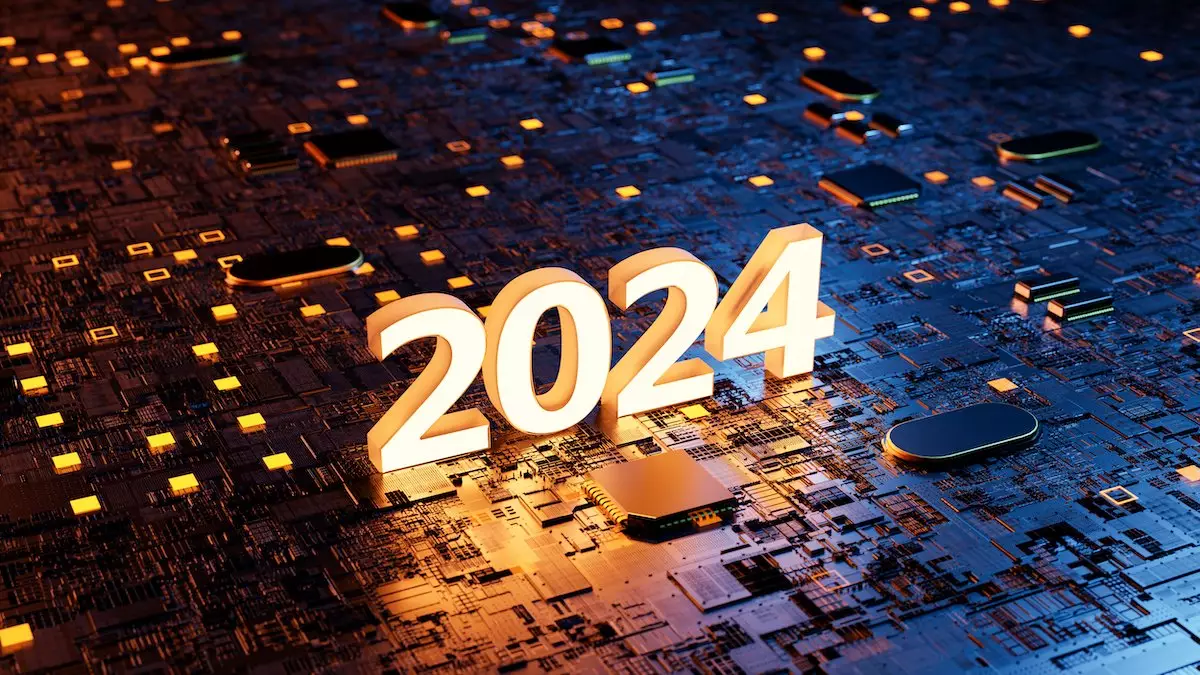The world of Non-Fungible Tokens (NFTs) and blockchain gaming is experiencing a surge in popularity, and as we approach 2024, this trend shows no signs of slowing down. In the coming years, several key trends are set to shape this exciting landscape, driving the adoption of blockchain gaming and revolutionizing the gaming industry as a whole.
As blockchain gaming gains traction, the traditional “Pay-to-Play” model is being challenged by the emergence of the “Play-to-Earn” approach. This model allows players to earn money while playing games, providing a new source of income for gamers. However, it has faced criticism for its unsustainable nature and potential for exploitative gameplay.
On the other hand, the Play-to-Earn model offers a more sustainable alternative. By integrating NFTs into gameplay, players can earn not only money but also unique in-game items and experiences that enhance their overall gaming experience. This approach promotes community engagement and player interaction, making it a more holistic and rewarding gaming experience.
In the coming years, we can expect to see a shift towards this sustainable Play-and-Earn model as more game developers embrace NFTs and explore new ways of incentivizing gameplay beyond financial rewards. The potential uses for NFTs in gaming extend beyond basic in-game assets. We can imagine dynamic NFTs that evolve and change based on a player’s progress, making them truly unique and valuable. Interoperable NFTs that can be used across multiple games will also provide players with a more seamless gaming experience.
Another exciting trend in blockchain gaming is the concept of NFT-based land ownership in virtual worlds. This allows players to own and develop their piece of the virtual world, creating a sense of investment and ownership in the game. The rise of utility NFTs will offer access to exclusive events, communities, and guilds, further expanding the possibilities for NFT utility in gaming.
One of the biggest barriers to widespread adoption of blockchain gaming is its complex interface and high gas fees. However, developers are addressing these challenges with the development of Layer 2 solutions and improved user onboarding processes. These improvements will not only enhance the overall user experience but also make blockchain gaming more accessible to a wider audience.
Additionally, the entry of mainstream gaming studios into the blockchain space marks a pivotal shift. These studios bring expertise in creating high-quality games, promising a blend of engaging gameplay and the unique benefits of blockchain technology, such as item scarcity and ownership. This integration is crucial for attracting traditional gamers and bridging the gap between conventional and blockchain gaming.
The concept of the Metaverse, a virtual world where users can interact and engage with one another in real-time, is becoming increasingly popular. With the integration of NFTs, players can now own and trade virtual assets across different metaverses, creating a unified and interconnected gaming experience.
Integrating NFTs in the Metaverse redefines traditional concepts of virtual asset ownership and interaction. It blurs the lines between the digital and real worlds, creating a new reality where digital assets possess real-world value and significance. Beyond gaming and entertainment, this shift opens new avenues for social interaction, economic activities, and cultural expressions in the digital sphere, pointing towards a future where our virtual and physical realities are seamlessly intertwined.
As with any emerging technology, NFTs and blockchain have faced criticism for their environmental impact. In response, the industry is adopting measures like carbon offsetting, where investments are made in environmental projects to balance the carbon emissions caused by blockchain activities.
Additionally, there is a significant shift towards more eco-friendly consensus mechanisms, moving away from energy-intensive proof-of-work (PoW) systems to alternatives like proof-of-stake (PoS). These steps are crucial not only for reducing the ecological footprint of blockchain and NFTs but also for ensuring their sustainable and long-term viability.
As with any industry, there will always be challenges to overcome. Fraud, security vulnerabilities, and regulatory uncertainties are among some of the challenges facing blockchain gaming. However, as the industry continues to evolve and mature, we can expect to see stricter regulatory frameworks put in place to protect players and investors.
Implementing robust regulatory measures addresses existing challenges and paves the way for new opportunities in the blockchain gaming sector. As the industry adheres to higher security and transparency standards, it becomes more attractive to a broader audience, including mainstream gamers and serious investors. This regulatory evolution is likely to spur innovation as developers and companies seek to create novel gaming experiences that comply with these new guidelines while leveraging the unique benefits of blockchain technology.
The Future of NFTs and Blockchain Gaming: Exciting Possibilities
The potential of NFTs to transform blockchain gaming is undeniable. With the increasing adoption of NFTs, we can expect to see a more sustainable Play-and-Earn model emerge, providing players with a more rewarding and engaging gaming experience. The evolving utility of NFTs will open up new possibilities for gameplay and ownership in virtual worlds.
Improved accessibility and the integration of NFTs with the Metaverse will further drive adoption and innovation in this space. As sustainability becomes a key focus, we can also expect to see more eco-friendly solutions being developed. Overall, the future of NFTs and blockchain gaming is exciting, and we can look forward to seeing how it evolves in the years to come.
The convergence of NFTs and blockchain technology with gaming has unleashed a wave of innovation in the gaming industry. As blockchain gaming continues to gain traction, it is clear that NFTs are poised to be a driving force behind adoption. The trends outlined in this article, from the Play-to-Earn model to NFT-based land ownership and the integration with the Metaverse, represent exciting possibilities for the future of gaming. With sustainability and regulatory measures being prioritized, the industry is poised for growth and the creation of truly revolutionary gaming experiences.

